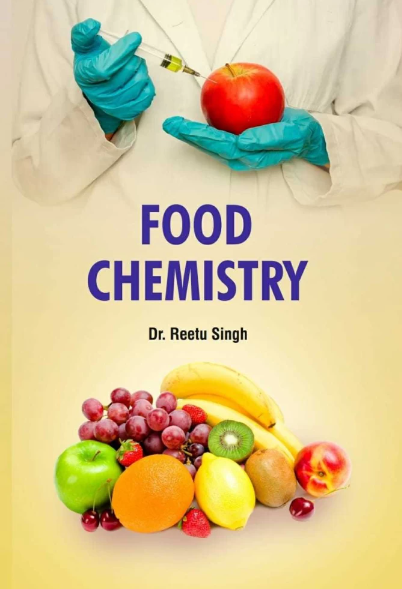Enzymatic fatty acid acylation of cyanidin-3-O-glucoside extracted from black rice bran: thermostability, lipophilicity, cytotoxicity and absorption studies
IF 8.5
1区 农林科学
Q1 CHEMISTRY, APPLIED
引用次数: 0
Abstract
Lipophilization technique has been a promising alternative to reduce anthocyanin's chemical instability and to increase their lipid affinity. Enzymatic acylation of cyanidin-3-O-glucoside (C3G) extracted from black rice bran was optimized towards the fatty acid donor, solvent, enzyme concentration, and temperature parameters. The most promising lipophilic conjugate (C3G-C8) was obtained with 53 % yield at 60 °C, 15 g/L enzyme in acetonitrile:DMSO (10:1). Regarding the thermostability, an increase in the half-life time for C3G-C8 at different pH values (3, 5, and 7) compared to C3G was observed. The octanol−water partition coefficients confirmed its superior lipophilicity (log P = 1.37) compared to its precursor (log P = −1.59). No cytotoxicity was observed for both compounds at concentrations up to 200 μM for NCI-N87 cells and Caco-2:HT29-MTX coculture. Both anthocyanins presented similar transepithelial transport efficiency using the coculture (about 1.2 %). Overall, C3G-C8 showed higher affinity than its precursor for application in lipid-based products.


求助全文
约1分钟内获得全文
求助全文
来源期刊

Food Chemistry
工程技术-食品科技
CiteScore
16.30
自引率
10.20%
发文量
3130
审稿时长
122 days
期刊介绍:
Food Chemistry publishes original research papers dealing with the advancement of the chemistry and biochemistry of foods or the analytical methods/ approach used. All papers should focus on the novelty of the research carried out.
 求助内容:
求助内容: 应助结果提醒方式:
应助结果提醒方式:


